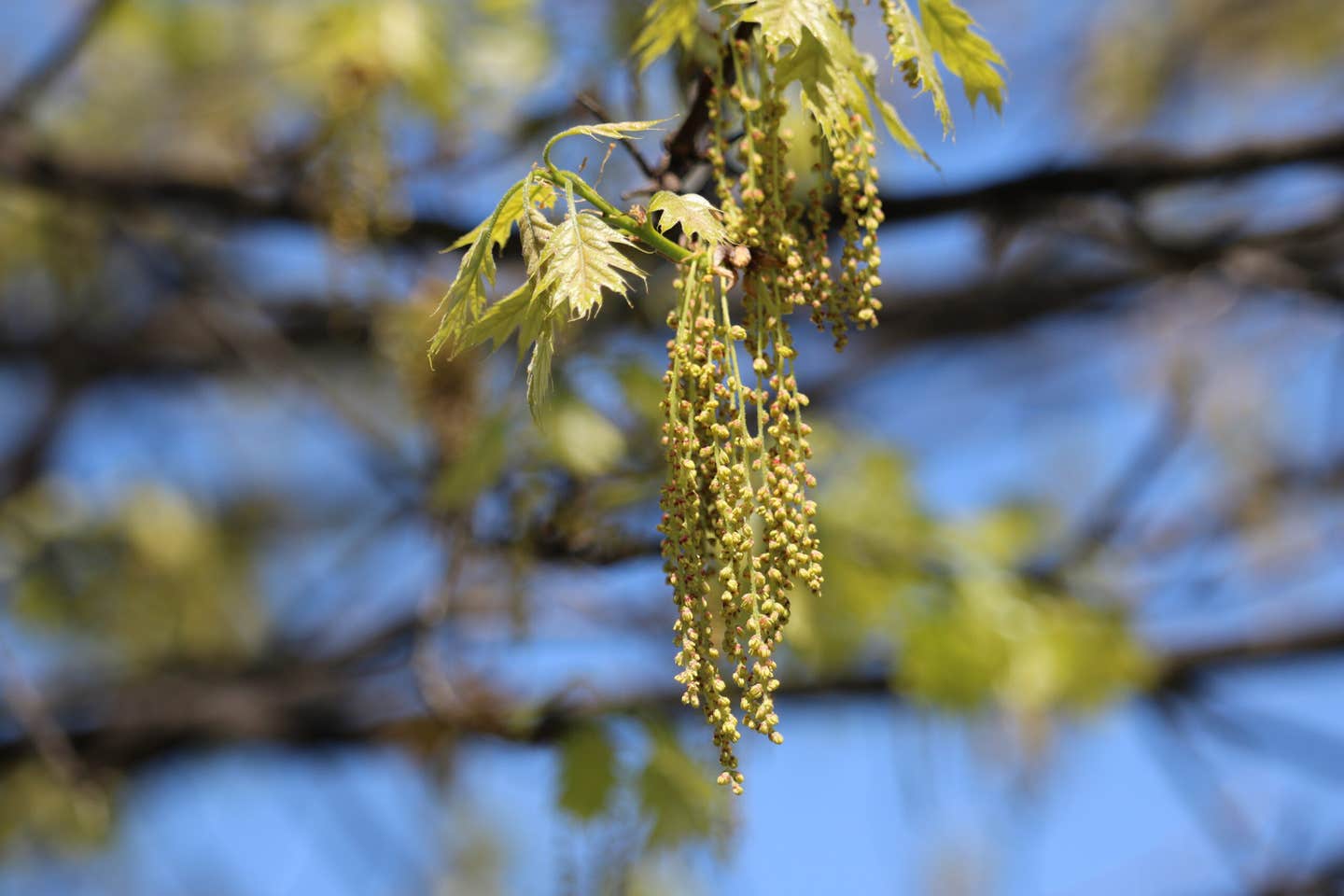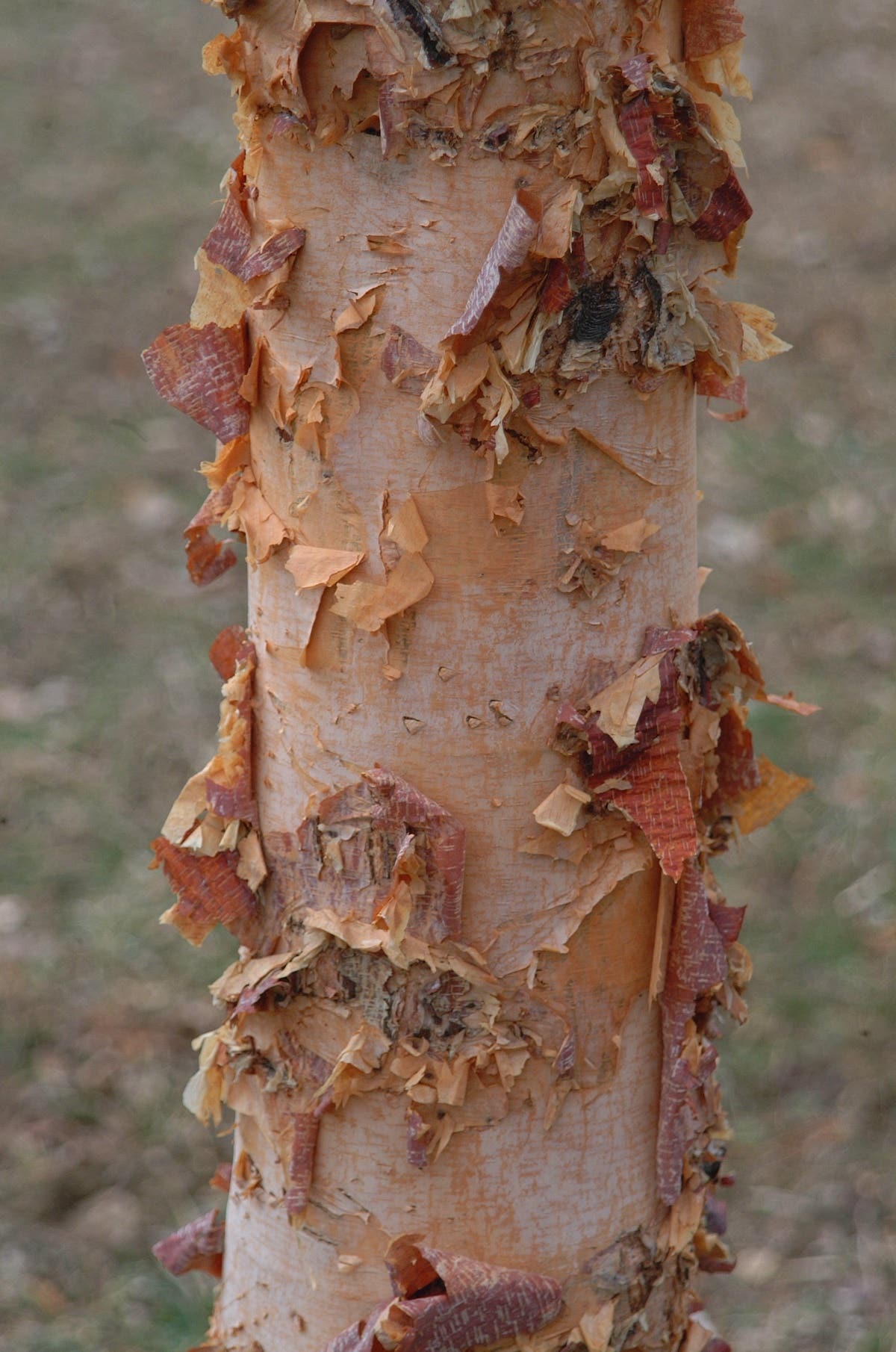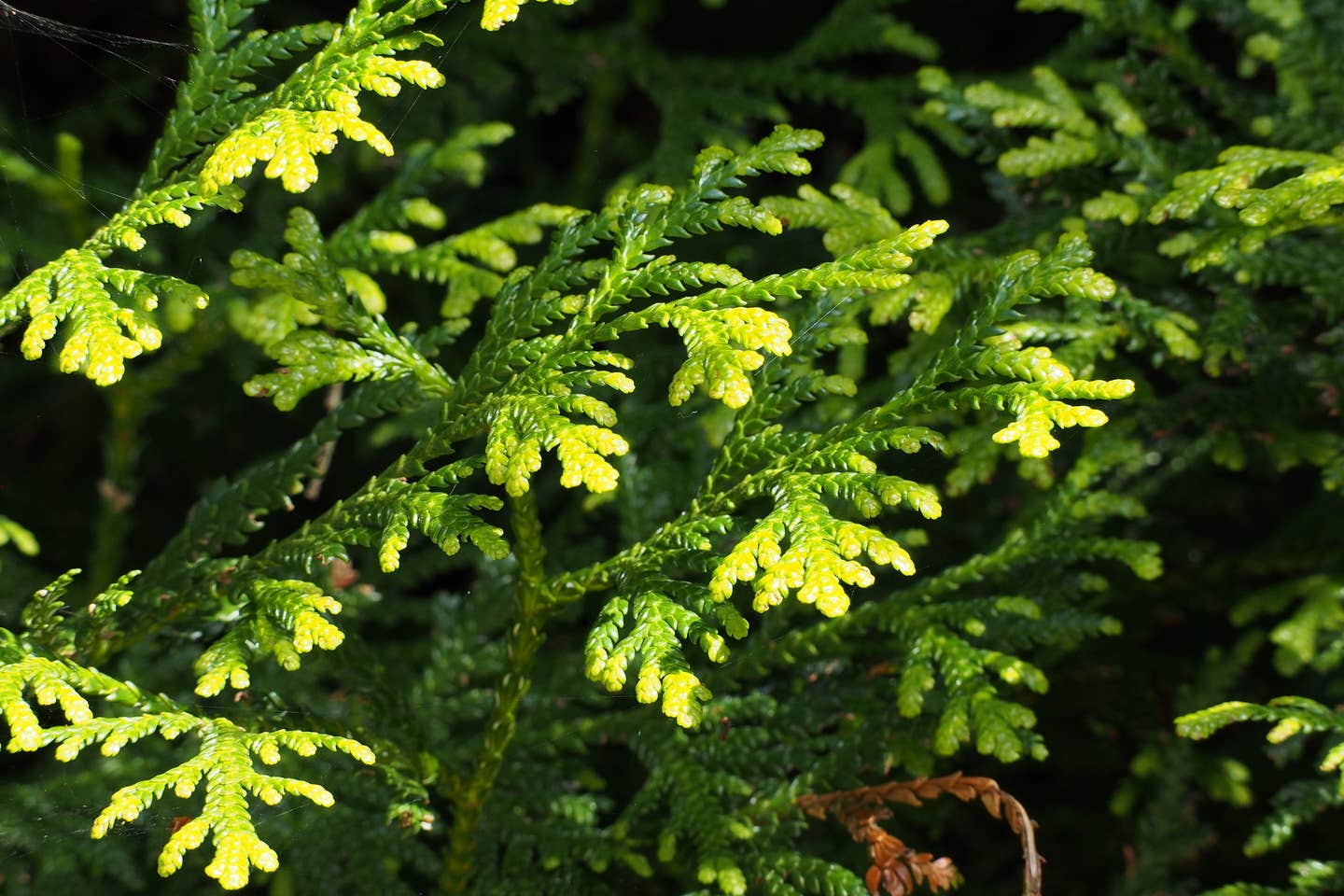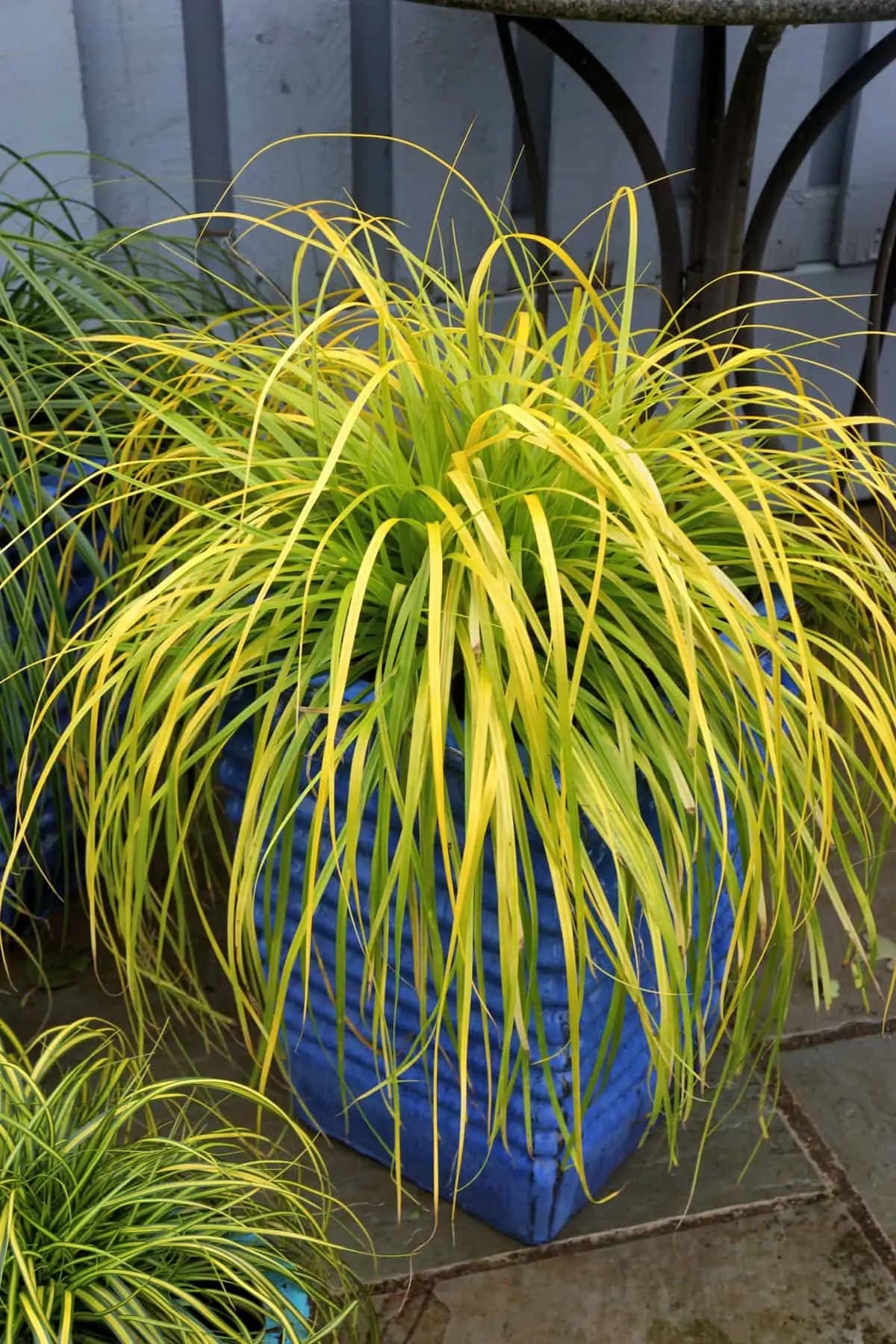Blackbeard Penstemon Has Lasting Purple Foliage
Virtues: Blackbeard penstemon grows with dark purple, nearly black foliage and stems and bright purple flowers in early summer. It is a perennial plant of medium height with a narrow…
Virtues: Blackbeard penstemon grows with dark purple, nearly black foliage and stems and bright purple flowers in early summer. It is a perennial plant of medium height with a narrow habit, making it easy to incorporate in both new and existing gardens. Blackbeard stands apart from other dark-leaved penstemons because it remains upright throughout the season, rather than flopping over; it is rock-solid hardy to USDA Zone 3; and best of all its foliage retains its dark color all summer long, rather than fading to green.
Common name: ‘Blackbeard’ beardtongue
Botanical name: Penstemon ‘Blackbeard’
Exposure: Full sun
Season: spring through fall for foliage, early summer for flowers
Flowers: Bright purple, tubular flowers line the tops of the penstemon’s stems. Their shape suits hummingbirds and they also feed bees.
Foliage: Blackbeard penstemon lives up to its name with near-black foliage that keeps its dark color all summer long.
Habit: This is a herbaceous perennial that grows 28 to 34 inches tall and 24 inches wide, with an upright, narrow habit that stands up (literally) through summer’s heat and humidity.
Origins: Blackbeard is a hybrid penstemon whose parents are Penstemon digitalis and P. calycosus, both native to eastern North America. It was introduced to the market in 2016 by Walters Gardens.
How to grow Blackbeard penstemon: Site in full sun, in average soil with good drainage. Provide a light winter mulch to help regulate soil temperatures and protect the plant from too much moisture. Pull back the winter mulch as new growth appears in spring. Give Blackbeard supplemental water in its first growing season if there are dry spells. Established plants can withstand some drought. USDA Zone 3–9.
Image courtesy of Walters Gardens.







